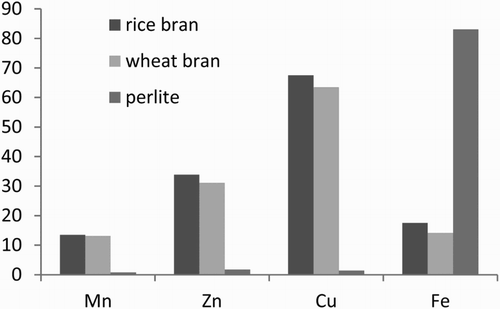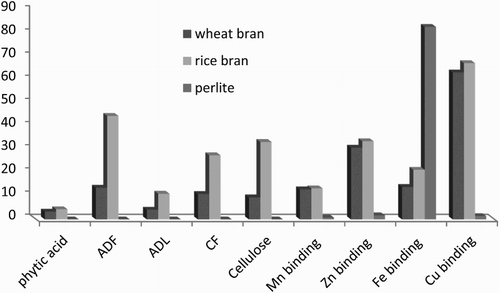Open access
2,141
Views
15
CrossRef citations to date
0
Altmetric
Original Articles
In vitro binding capacity of organic (wheat bran and rice bran) and inorganic (perlite) sources for Mn, Zn, Cu, and Fe
Ali GhodratDepartment of Animal Science, Shabestar Branch, Islamic Azad University, Shabestar, Iran
, Akbar YaghobfarAnimal Science Research Institute, Karaj, IranCorrespondence[email protected]
, Yahya EbrahimnezhadDepartment of Animal Science, Shabestar Branch, Islamic Azad University, Shabestar, Iran
, Habib Aghdam ShahryarDepartment of Animal Science, Shabestar Branch, Islamic Azad University, Shabestar, Iran
& Abolfazl GhorbaniDepartment of Animal Science, Shabestar Branch, Islamic Azad University, Shabestar, Iran
Pages 80-84
|
Received 27 Aug 2014, Accepted 20 Nov 2015, Published online: 30 Dec 2015
Related research
People also read lists articles that other readers of this article have read.
Recommended articles lists articles that we recommend and is powered by our AI driven recommendation engine.
Cited by lists all citing articles based on Crossref citations.
Articles with the Crossref icon will open in a new tab.


